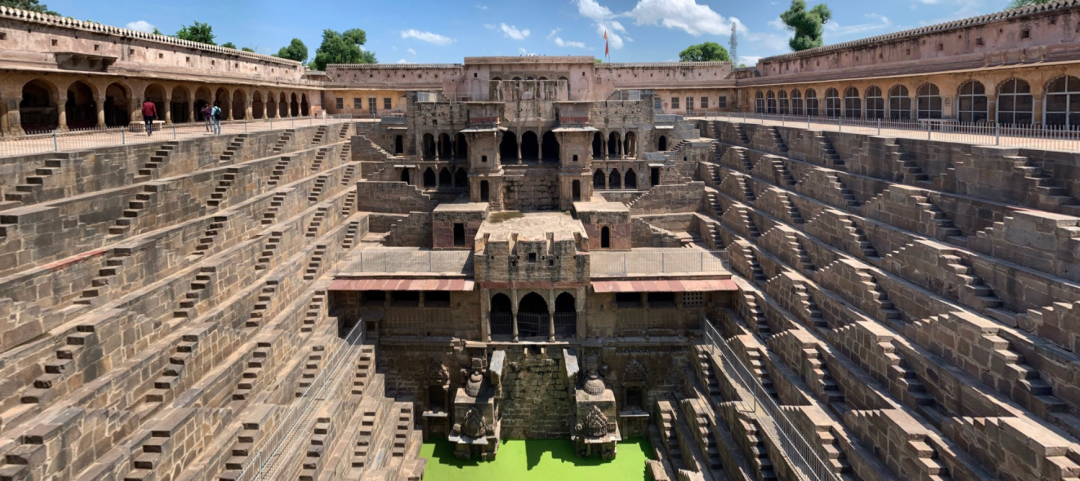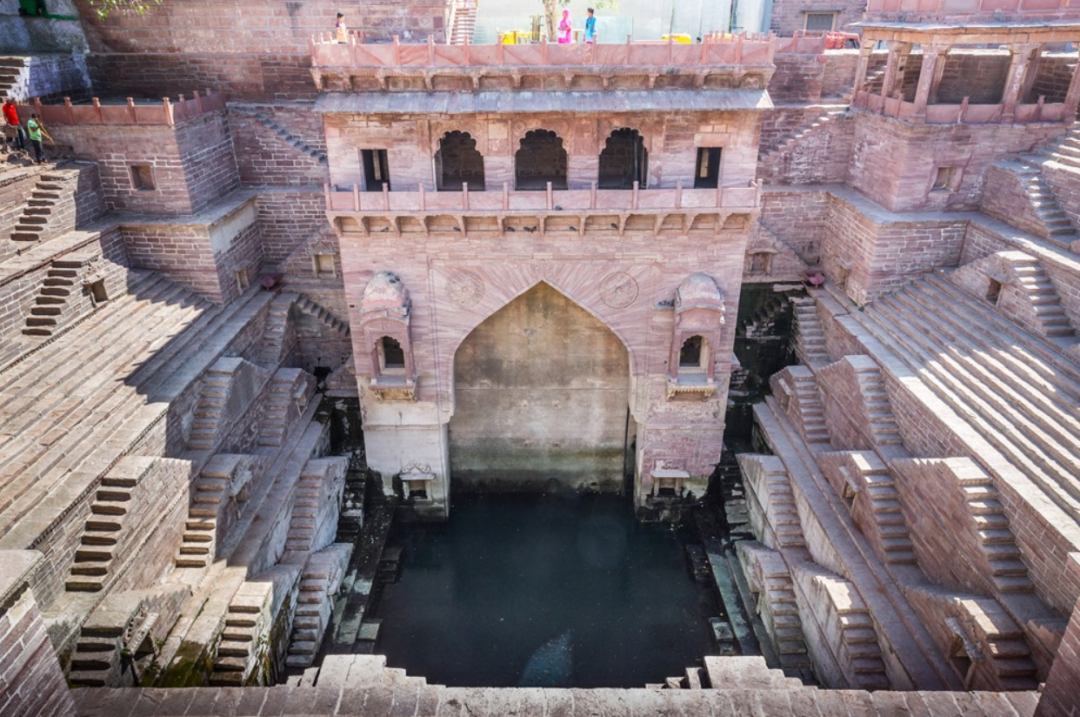A history of 1200 years old palace, 3500 steps, exploring the moon well in Rajasthan
In Rajasthan, India, there are ancient and unique architectural styles& mdash; Staircase wells are not only symbols of ancient Indian civilization, but also the crystallization of engineering technology and artistic beauty. These stepped wells are also known as'; stepwells” Or“ baoli”, It is a stone water storage building designed to store water during the dry season, and to facilitate water collection through layers of interlocking stone steps. These wells are usually equipped with gates at the bottom of the well to raise the water level during the dry season and ensure full water supply.

The village of Abanali in Rajasthan is the location of the famous Chand Baori stepwell, which is the oldest and largest stepped well in India, with a history of over 1000 wells. The Moon Well is famous for its 3500 steps and 13 layers of depth, with a depth of about 30 meters.

The water at the bottom of the well often turns green, with a stone carved temple in the center and arched pavilions around, giving people a mysterious feeling. It is not only a water source, but also a place for social and leisure activities, even in Christopher; Nolan gained great fame as a filming location in his movie 'The Dark Knight'.

Another step well worth visiting is Agrasen Ki Baoli, located in the city center of Xinmin. It was built around the 14th century and has a total of 108 steps. At dusk here, bats come and go, adding a mysterious and eerie atmosphere.

Toorji Ka Jhalra is located in the state of Rajasthan; The Blue City; Jiao Tebu, created by Queen Gulab; Rai was built in the 1840s. This well is built using the famous rose red sand pit of Jiaote Bu Lu, with a depth of about 60 meters. Its elegant style and intricate carved patterns are admirable. It is not only a water source, but also a natural swimming pool and social venue for the locals.

The Queen's Ladder Well (Rani Ki Vav) is located in the city of Patan, Gujarat, and is a subterranean well that runs from the surface to the ground; Inverted Temple”, The seven tiered table steps and exquisite reliefs showcase its former glory. In 2014, it was listed as a World Heritage Site by UNESCO.

The Adalaj Stepwell combines the architectural style of Indian Muslims, with intricately arranged rooms, passages, and lobbies. The walls are decorated with carvings, and the flat roof is octagonal, supported by a large number of finely crafted pillars.

迖迖· Dada Harir Stepwell is located in the outskirts of Akhmed Pangpa in Gujarat, and is a popular destination for photography enthusiasts. The underground corridors and wall carvings inside the well make one feel as if they are immersed in a historical painting.

Panna· Mina· Panna Meena Ka Kund is a picturesque water building located in Mapu, built in the 16th century. Ancient temples are scattered around the well, and the pool water at the bottom of the well resembles emerald green stones.

These stepped wells are not only a manifestation of the wisdom of the Indian people, but also a witness to their harmonious coexistence with nature. With the increasing popularity, although their practical functions have gradually weakened, as cultural heritage and tourist attractions, they still attract tourists from all over the world to explore and appreciate them.